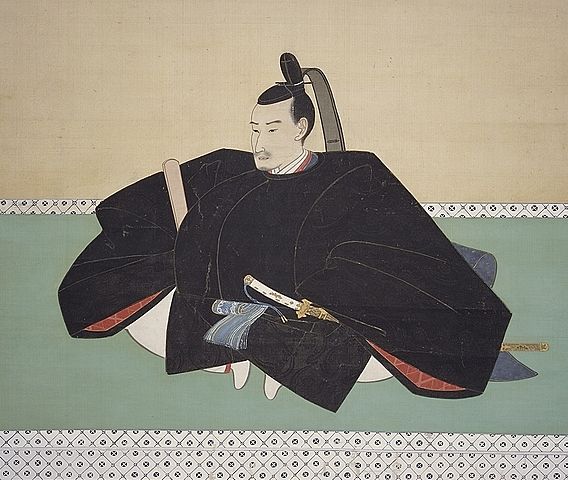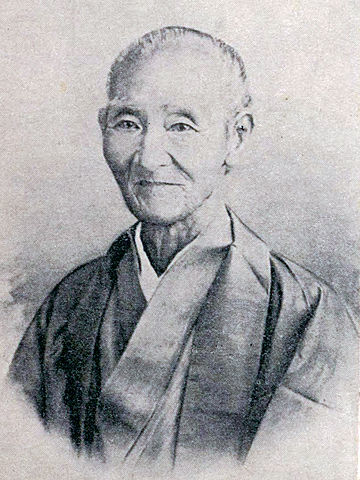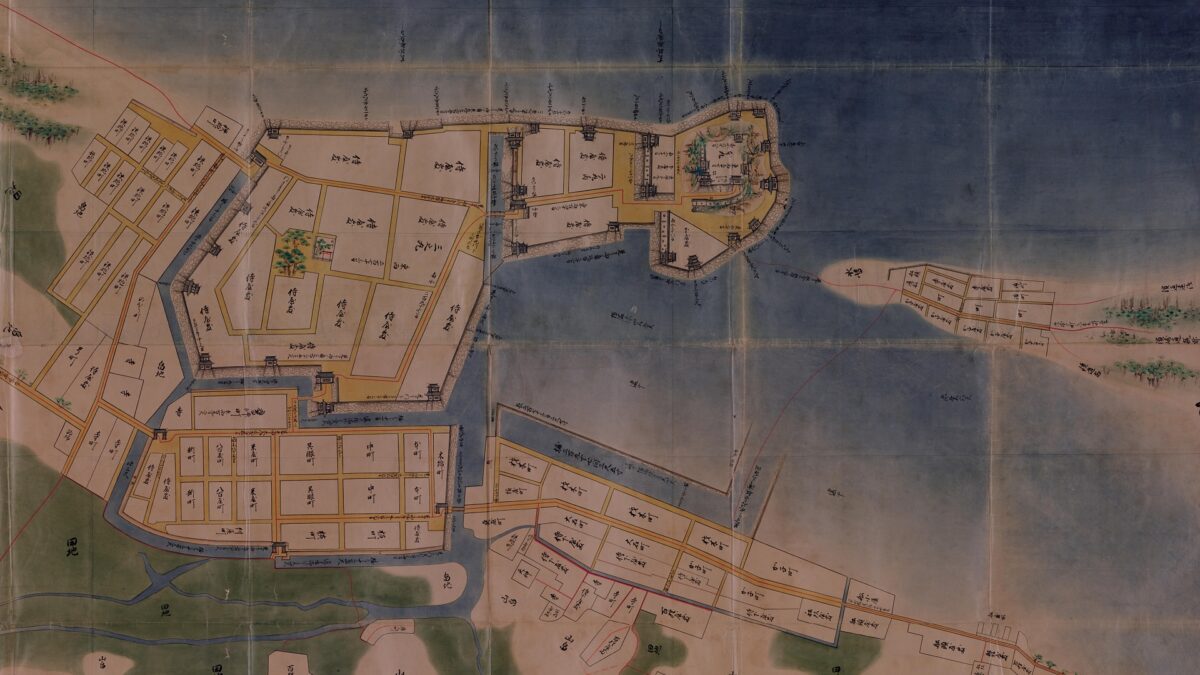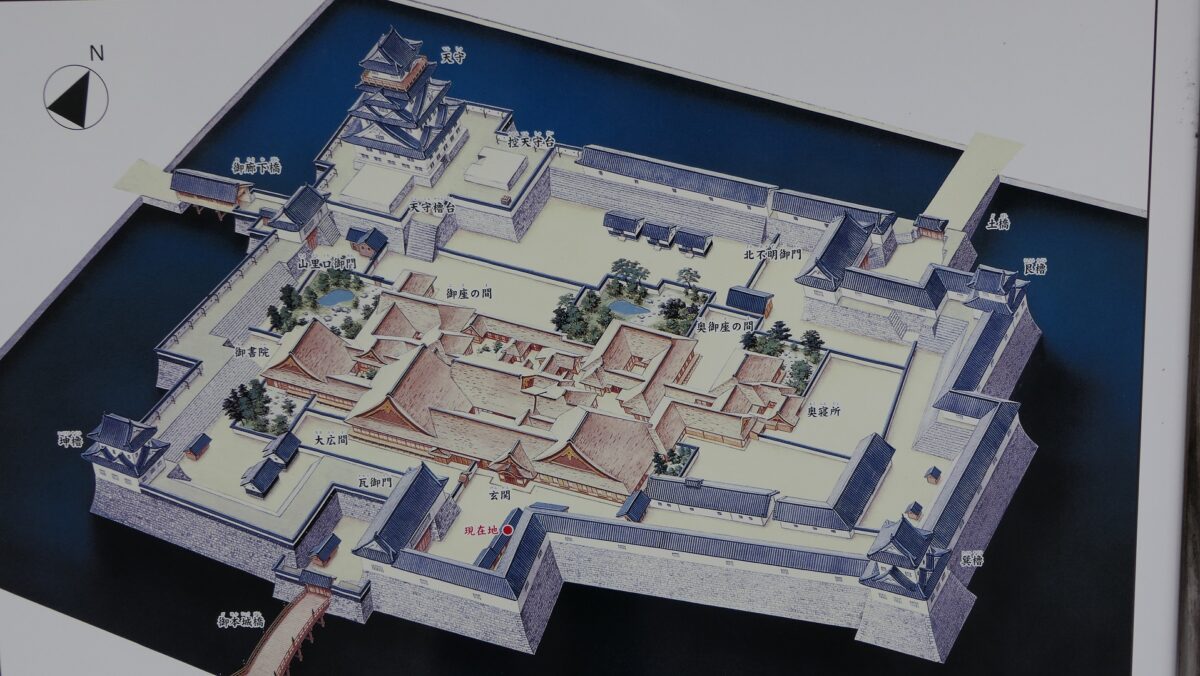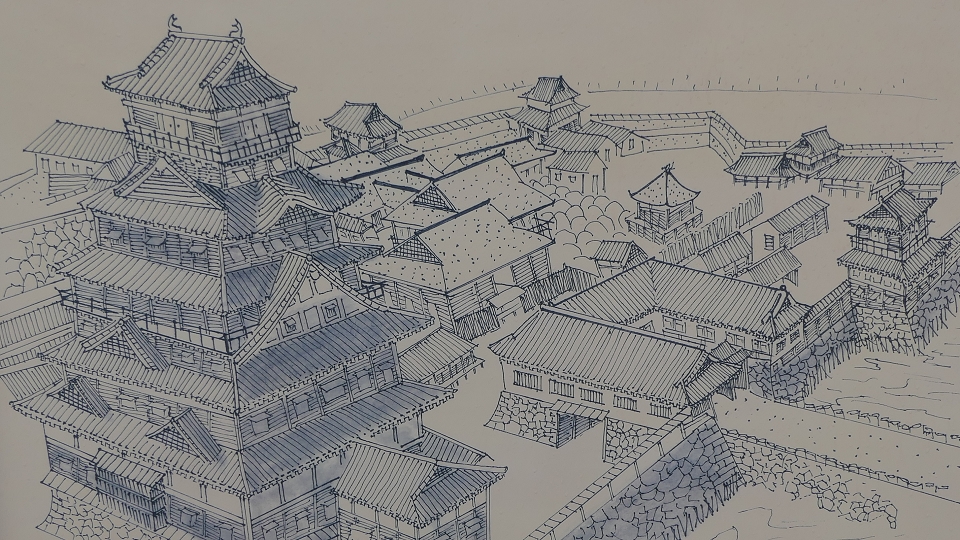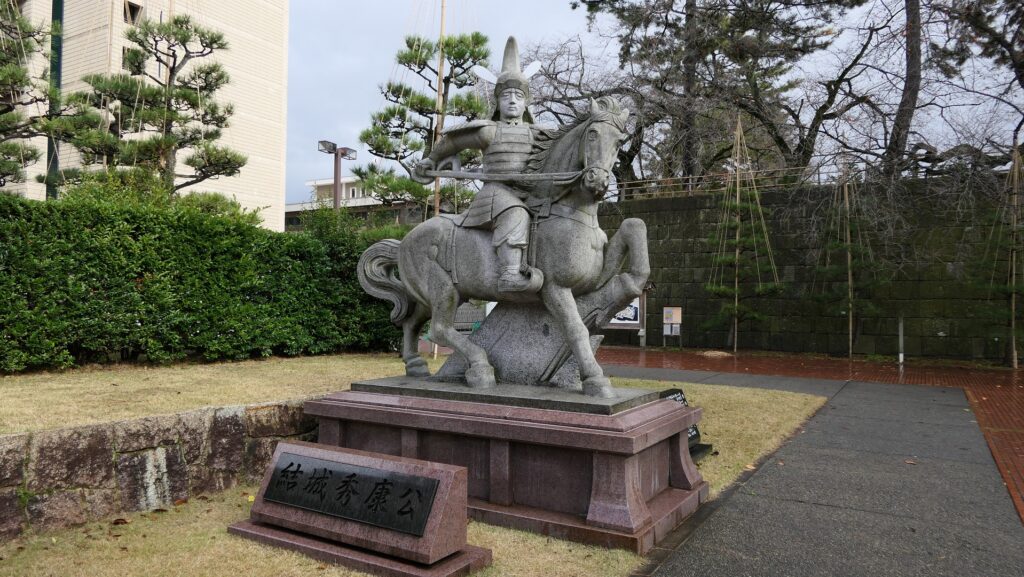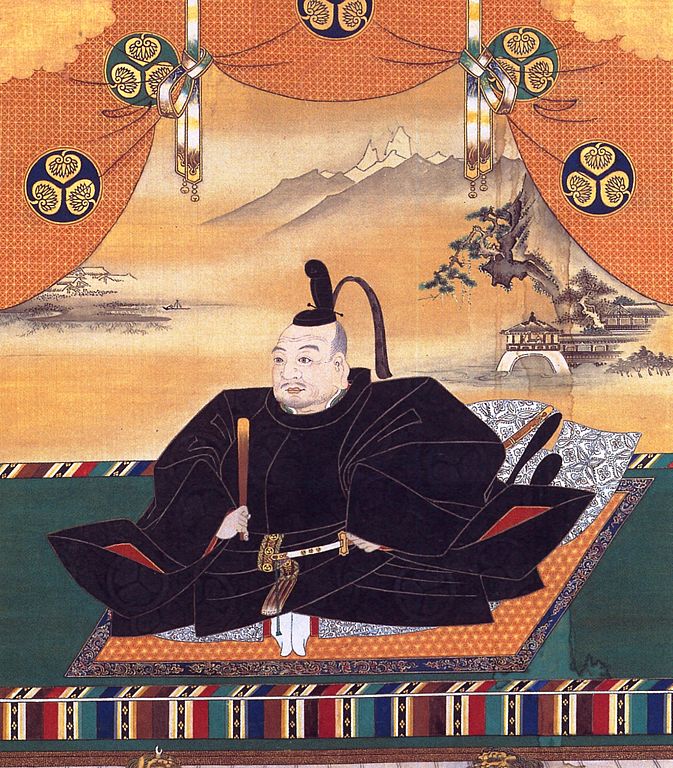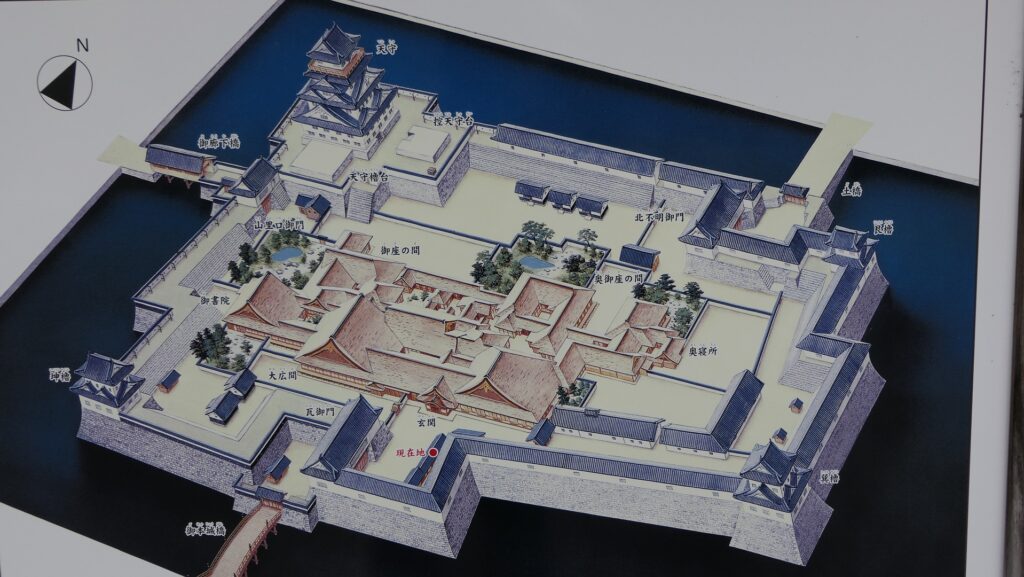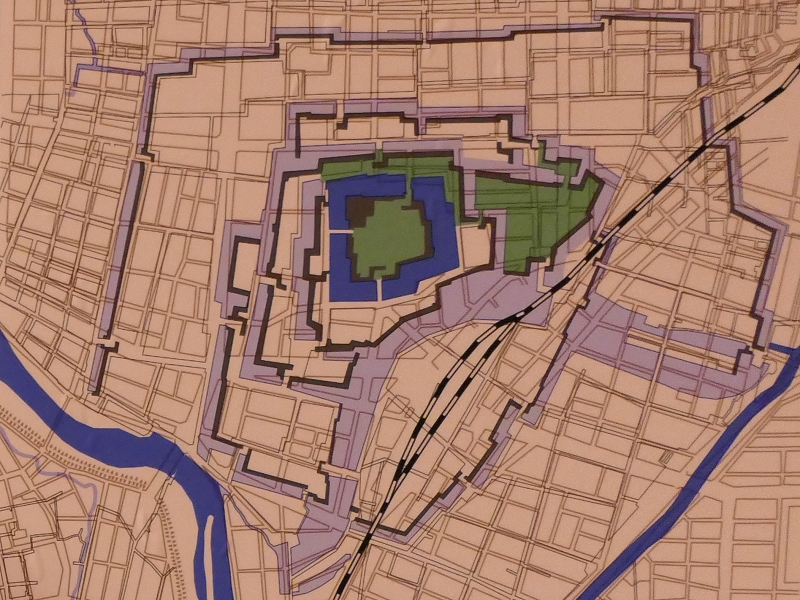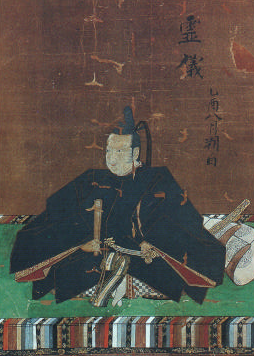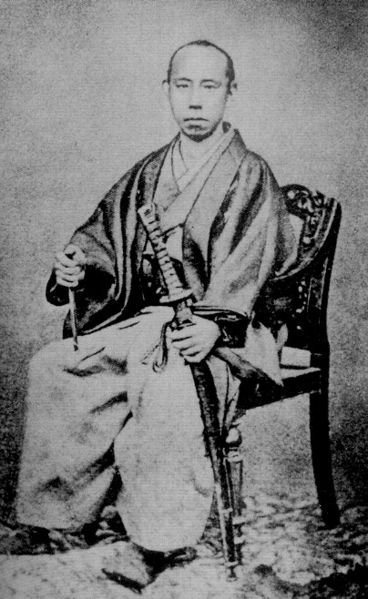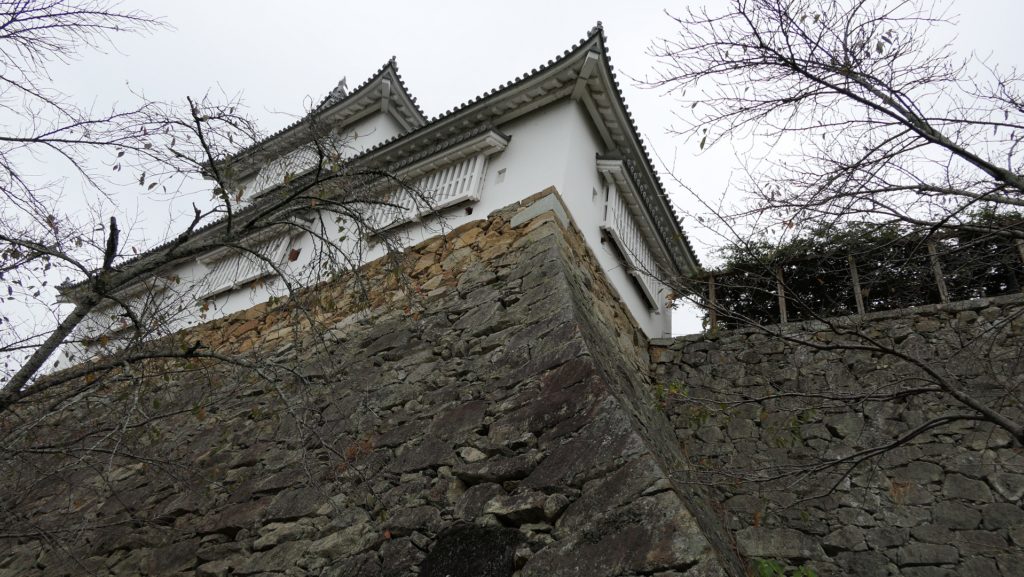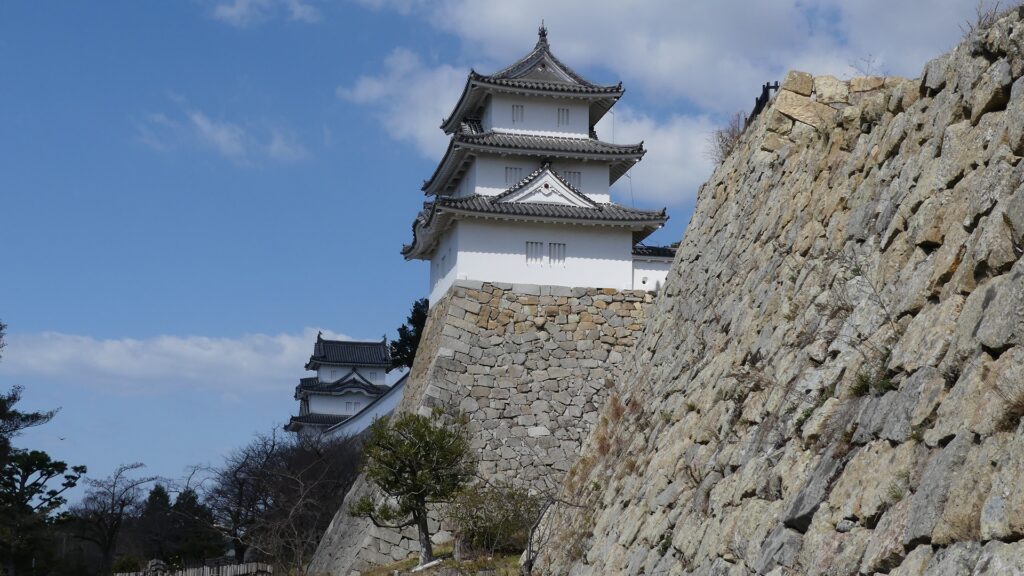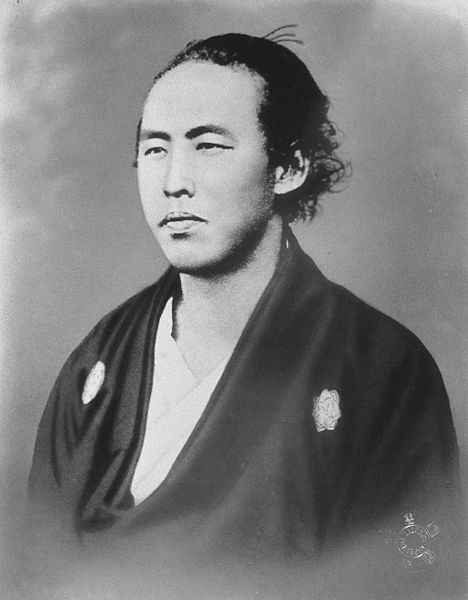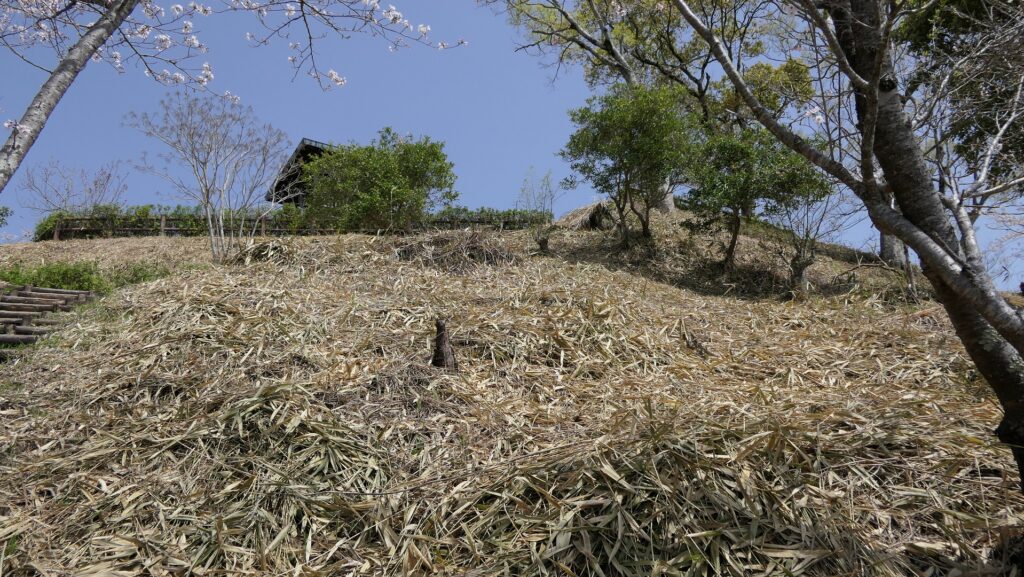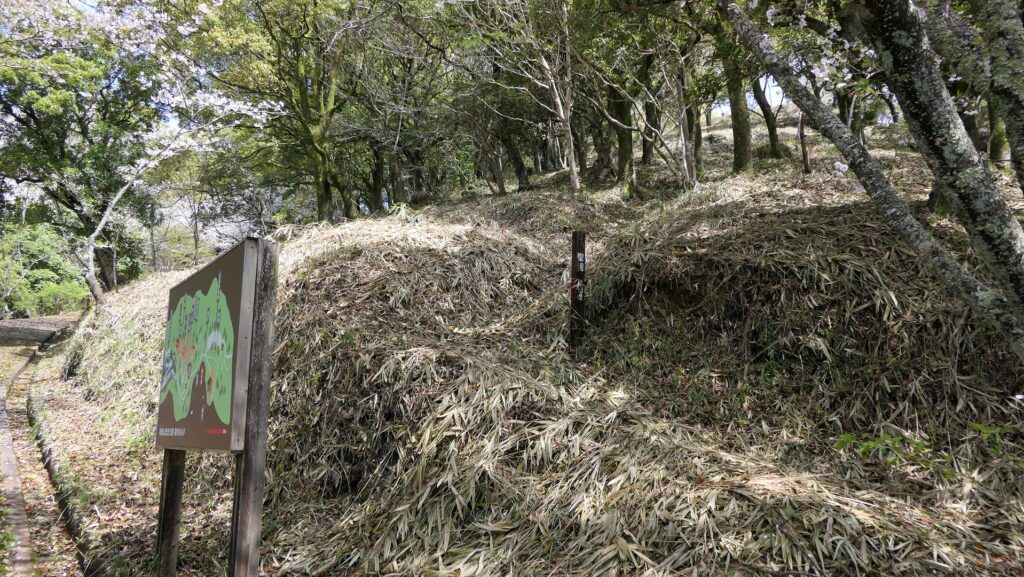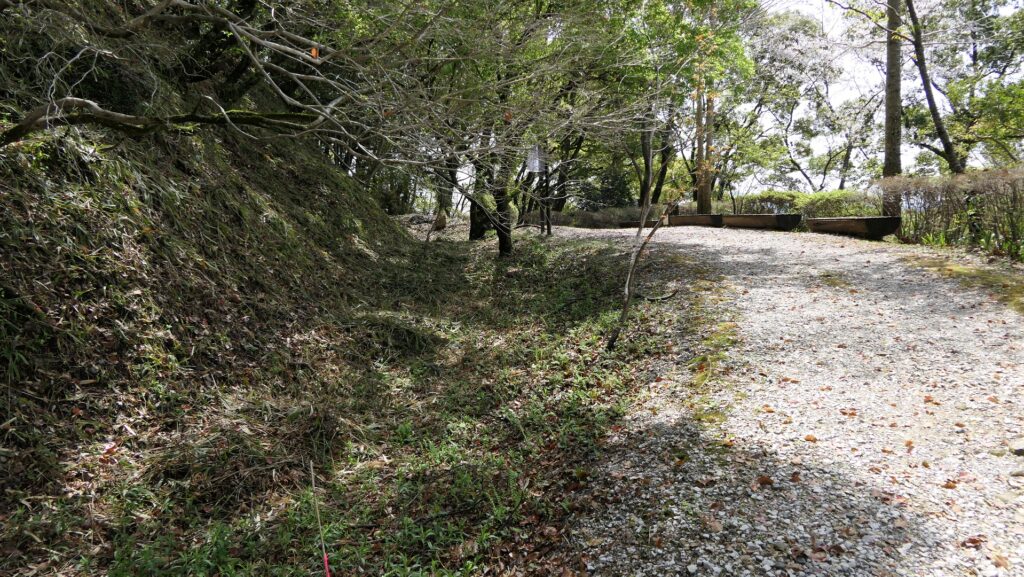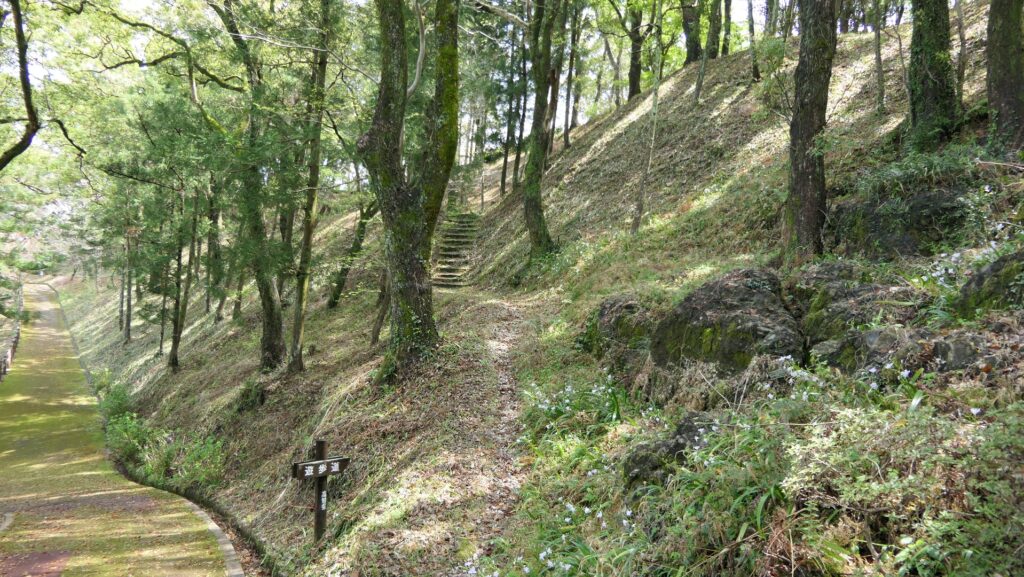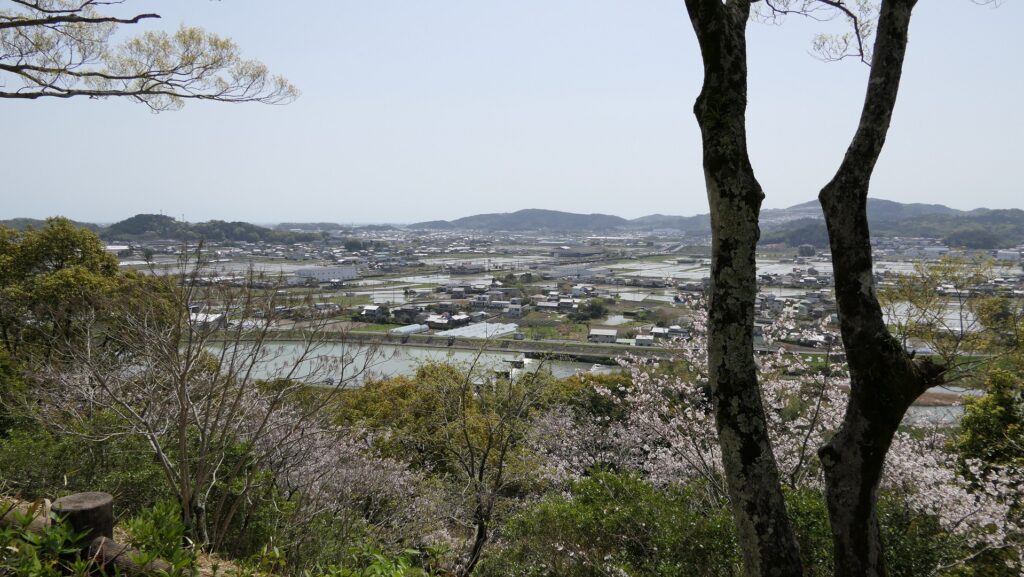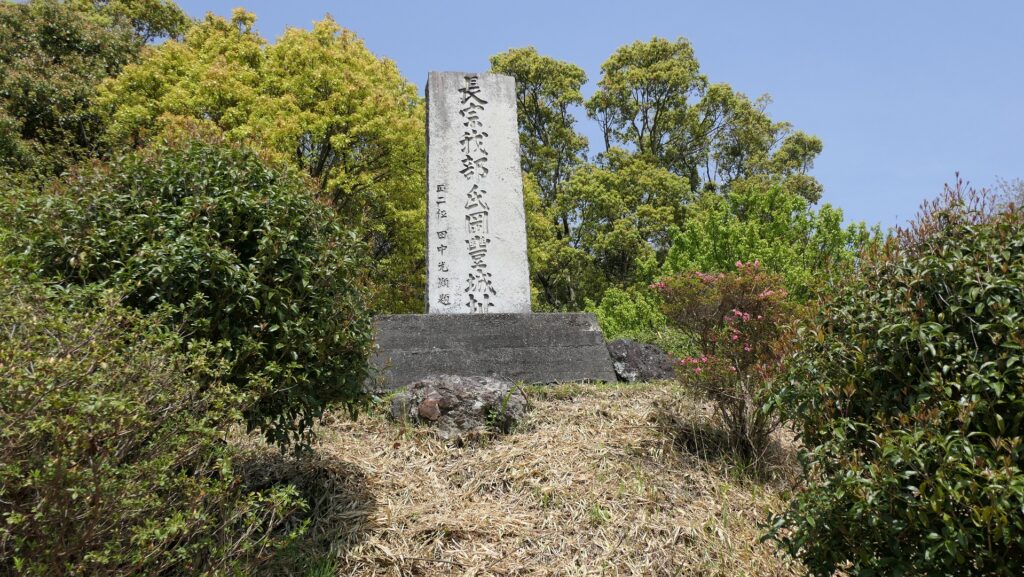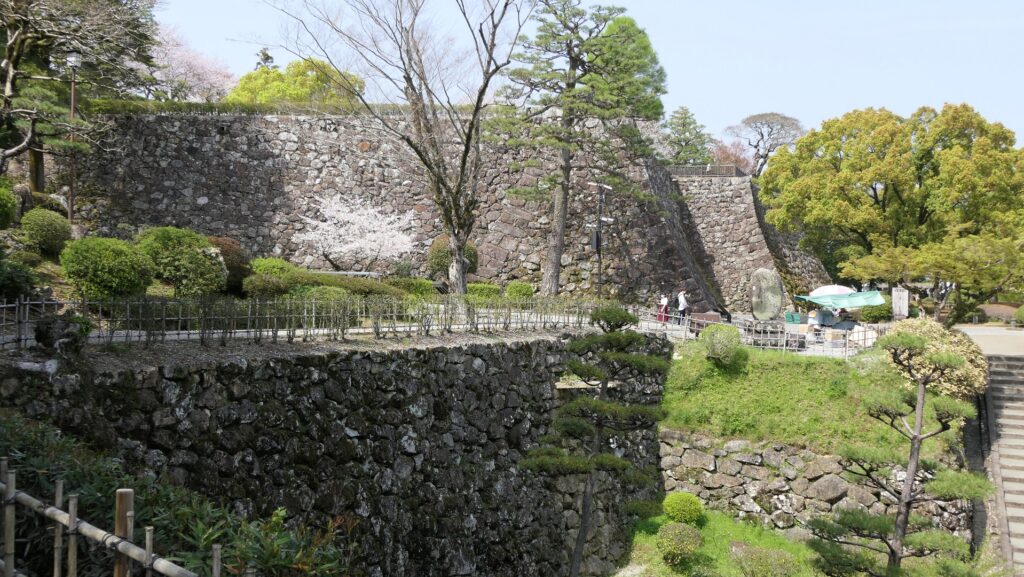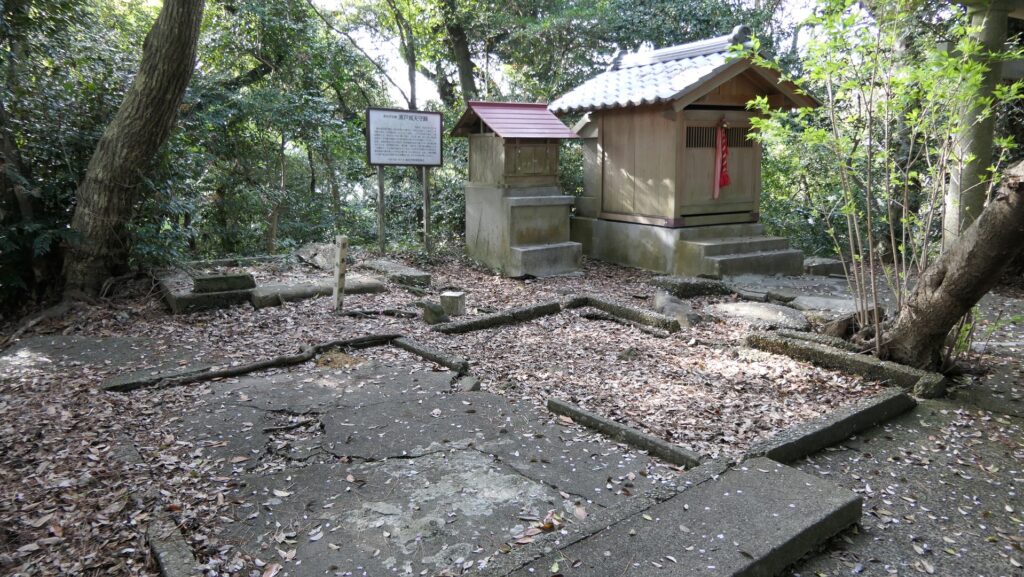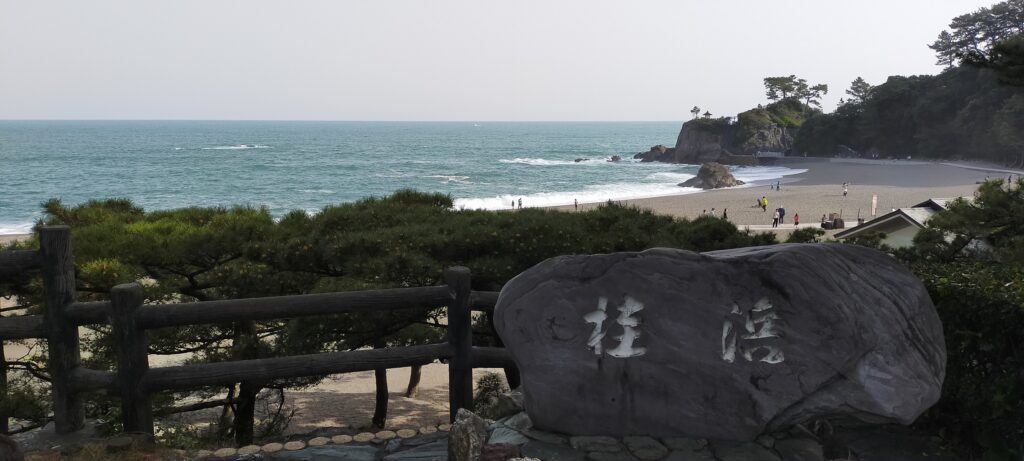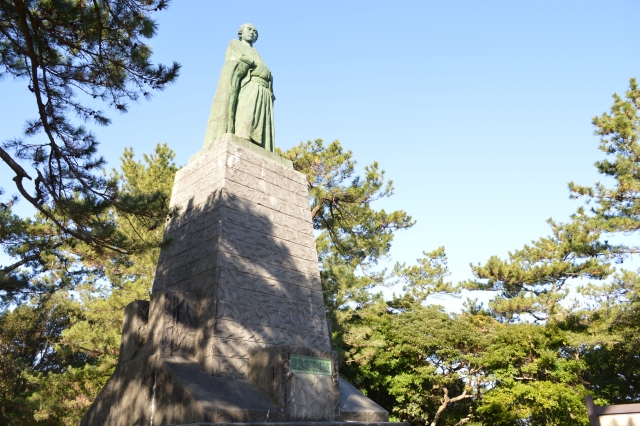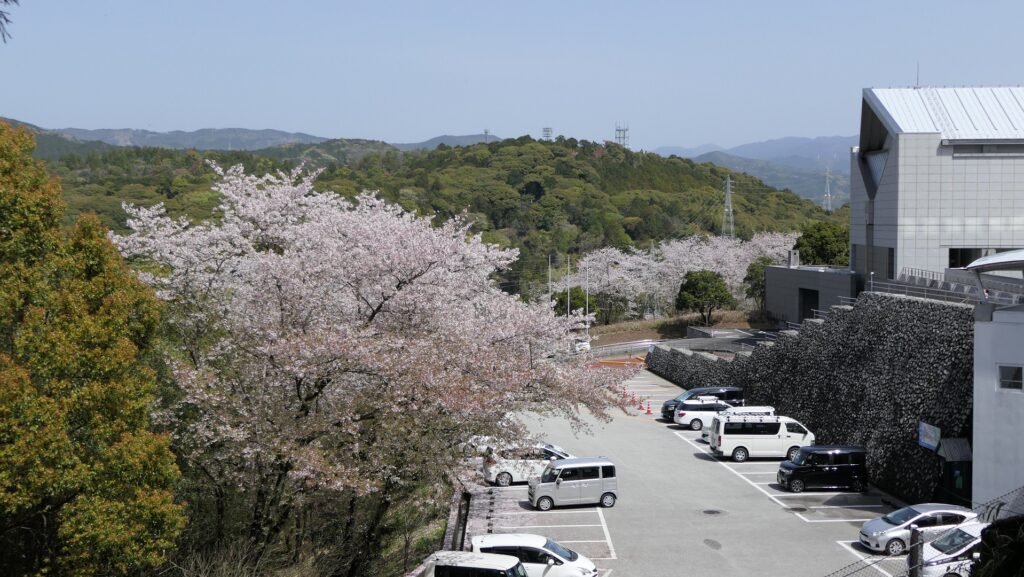Location and History
Area prospered with sea transportation
Karatsu Castle is located in the northwestern part of Kyushu Island, which is now Karatsu City, Saga Prefecture. The area of the city faces Genkai-nada Sea between Japan and Korea. Because of this reason, the area prospered with sea transportation including overseas trade. For example, there was Matsura Province with the port accepting the envoys from overseas nearly 2000 years ago. A warriors’ group, known as the Matsura Group, was very active using navy forces and sometimes pirates in the Middle Ages. In 1588, the ruler, Hideyoshi Toyotomi issued the Act to Ban the Piracy to control sea transportation. After that, Hideyoshi’s retainer, Hirotaka Terasawa was sent to this area to govern it. He was an excellent practical person who supported the military logistics when Hideyoshi sent large troops from Nagoya Castle near his area to Korea.
The location of the castleHirotaka Terasawa built Castle
Hirotaka eventually supported the Tokugawa Shogunate and became the founder of the Karatsu Domain. He also built his new home base, Karatsu Castle between 1602 and 1608. The center of the castle was built on Mitsushima-yama Mountain beside the estuary of Matsuura-gawa River. Hirotaka changed the route of the river to place the mountain and other enclosures in a line on the ground like a peninsula. The mountain was the top of the ground towards the sea. That meant enemies were not able to attack the center from the ground easily. The center was also surrounded by stone walls along the sea. Some turrets were built on the stone walls, which were probably used for monitoring the sea. Some sea ports such as Funairi-mon Gate were also built beside the estuary. On the top of the mountain, the stone wall base for the Main Tower was built. However, it is thought that the Main Tower was not built because there has been no evidence of this.
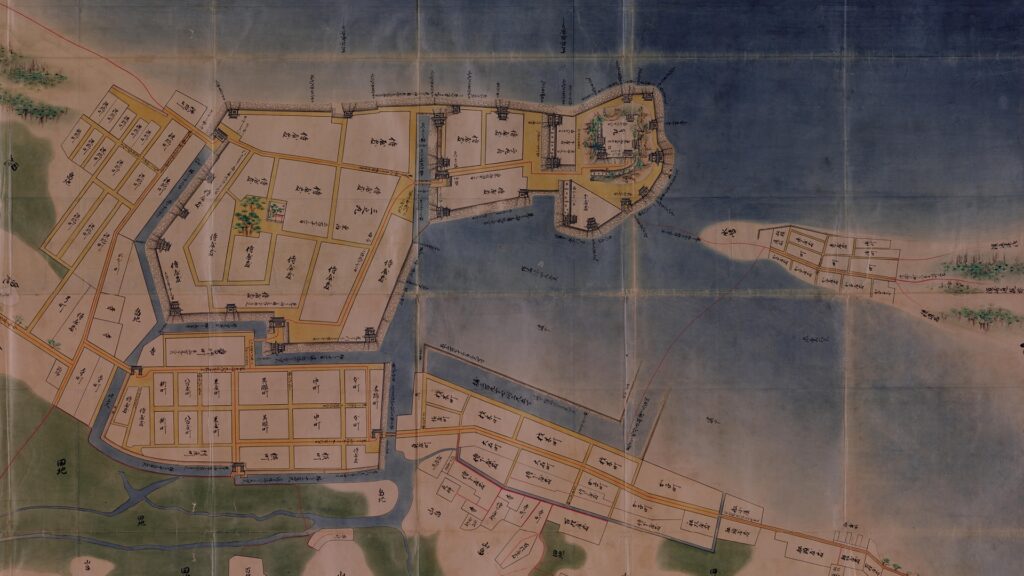
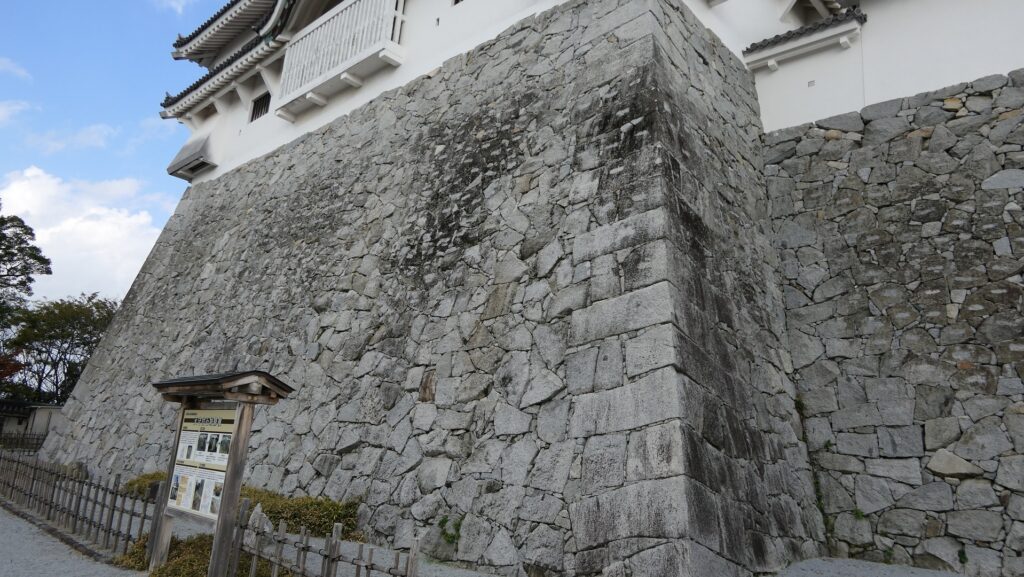
Terasawa Clan fired after Shimabara Rebellion
Hirotaka was also given a new detached territory in the area called Amakusa, in the western part of Kyushu Island by the shogunate due to his contribution. However, this caused the Terasawa Clan’s misfortune. There were a lot of masterless warriors called Ronin who were former retainers of the Konishi Clan who were fired by the shogunate. There were also many Christians which the shogunate banned people from becoming. Hirotaka oppressed both of them in accordance with the shogunate’s instructions. As a result, Shimabara Rebellion, including the people in Amakusa, happened in 1637 in the period of Hirotaka’s son, Katataka. The shogunate took Amakusa away from the Terasawa Clan after the rebellion. Katataka felt anxious and killed himself in 1647 in the end. The Terasawa Clan was fired by the shogunate because of no successor to him.

Karatsu Domain followed by Mizuno and Ogasawara Clans
After that, five clans governed Karatsu Castle and the Karatsu Domain until the end of the Edo Period. Some of the lords became famous in Japanese history. One of them was Tadakuni Mizuno who performed the Tenpo Reforms in the central government as the head of the shogun’s council of elders. Another was Nagamichi Ogasawara who was a member of the shogun’s council of elders, and devoted to the Tokugawa Shogunate till the very last moment before it fell down.
